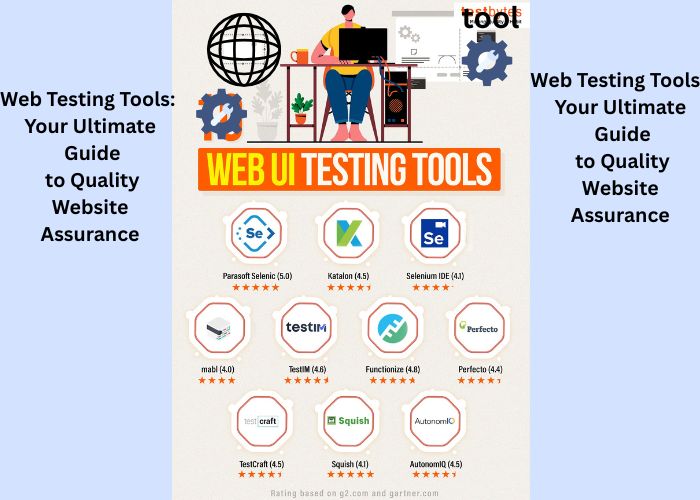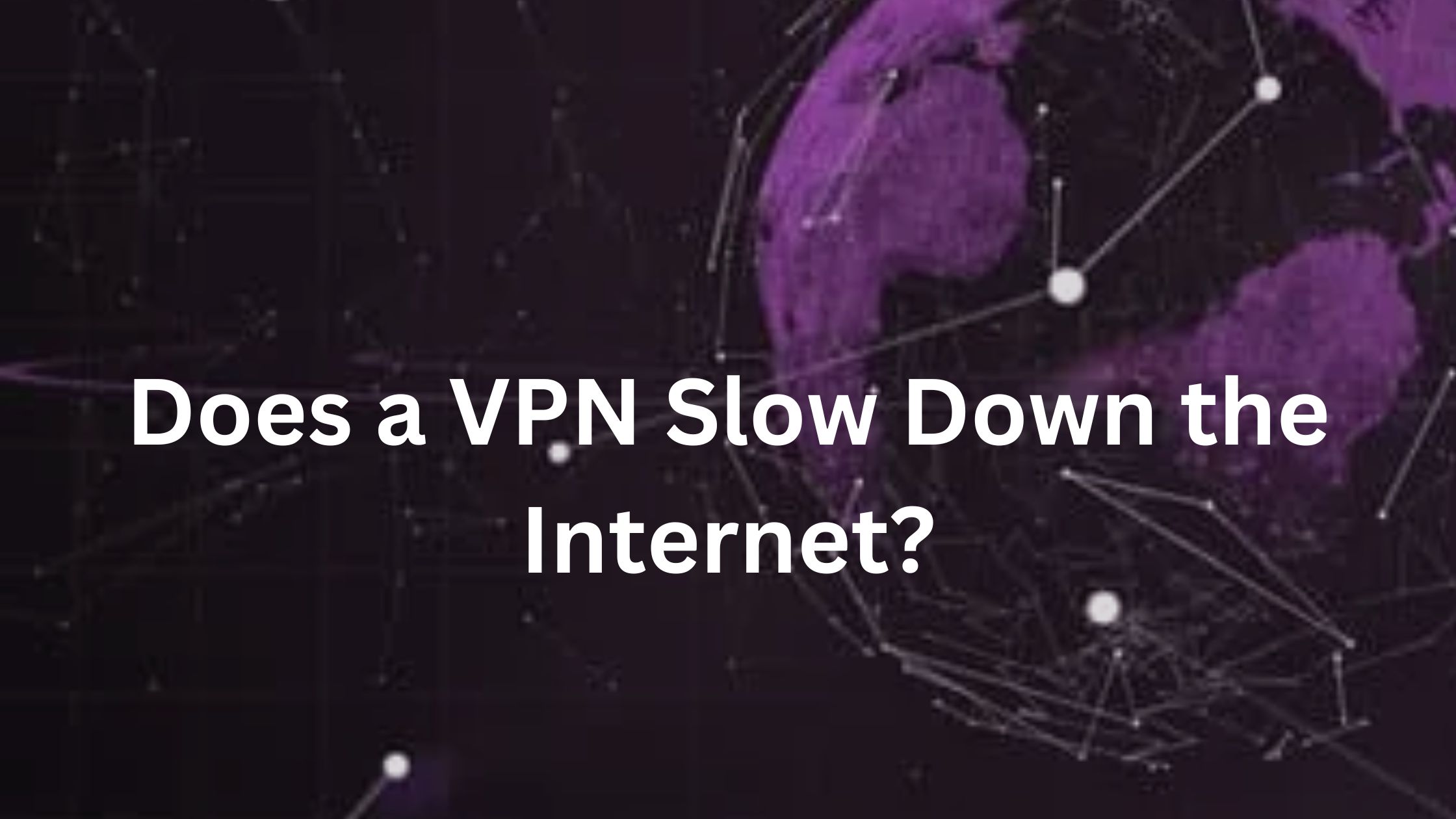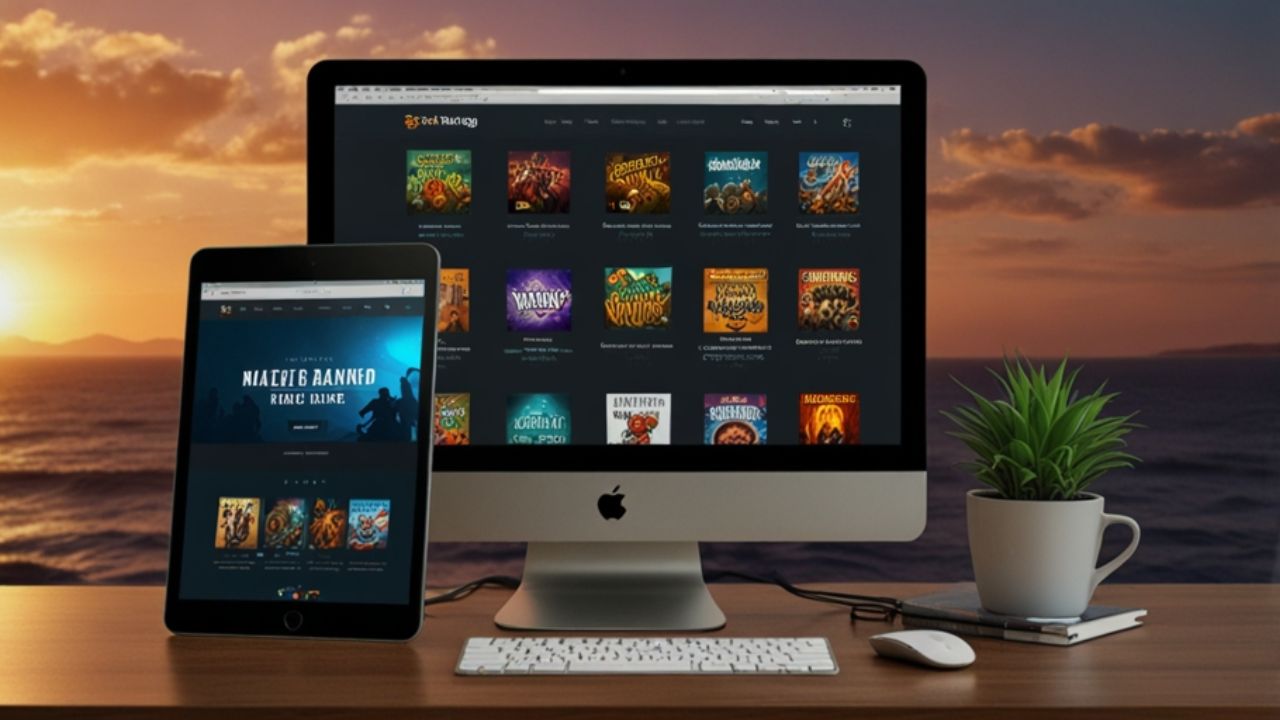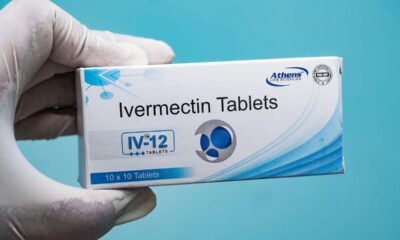Technology
Msafely: The Ultimate Solution for Discreet Phone Monitoring and Safety

In today’s digitally driven world, mobile devices are a central part of daily life — particularly for children and teens. However, constant connectivity also brings potential dangers like cyberbullying, online predators, and exposure to harmful content. To address these concerns, monitoring apps like Msafely provide a discreet and dependable way to track digital activity and help maintain a safer online environment.
Let’s dive into what Msafely is, what it can do, and why it’s gaining traction among parents, guardians, and employers.
What Is Msafely?
Msafely is a next-generation mobile phone monitoring app that allows users to track and analyze activities on a target device. Launched in 2024, it has quickly become a go-to solution for digital parents, concerned partners, and business owners looking to protect their families or corporate information.
Unlike traditional monitoring tools, Msafely is designed to operate in stealth mode, meaning the person being monitored won’t even know the app is running. This is especially useful in scenarios where visibility might lead to confrontation or change in behavior.
Key Features That Make Msafely Stand Out
GPS Tracking in Real Time
With Msafely’s GPS tracking, you can:
-
Monitor the current location of the device
-
View movement history
-
Set up geofencing alerts — get notified when a person enters or leaves specific locations
This feature is particularly popular among parents who want to ensure their children are safe on the way to school, after hours, or during social outings.
Call and SMS Monitoring
Msafely offers full access to:
-
Incoming and outgoing call logs
-
Contact names and call durations
-
Access to both incoming and outgoing text messages, including those that have been deleted.
This function gives a clear picture of communication habits and potential concerns in relationships or workplace settings.
Social Media Activity Surveillance
Modern threats often originate from social platforms. Msafely covers:
-
WhatsApp
-
Facebook Messenger
-
Snapchat
-
Instagram
-
Telegram
You can view message logs, media files, and timestamps, giving you comprehensive insight into online interactions.
Browser and App Usage Insights
This feature allows you to:
-
Review browsing history
-
Monitor installed apps and usage frequency
-
Block inappropriate websites or applications
It’s a valuable tool for ensuring children or employees are not misusing their digital access.
Multimedia Access and File Monitoring
Msafely enables viewing of:
-
Photos and videos stored on the phone
-
Screenshots or downloaded files
-
Media shared through messaging apps
This feature is helpful for identifying questionable content or verifying information in cases of suspicion.
Stealth Mode for Discreet Monitoring
Perhaps one of the biggest strengths of Msafely is its ability to work invisibly. Once installed, the app:
-
Hides from the user interface
-
Operates silently in the background
-
Transmits data to your private online dashboard
This minimizes interference and ensures genuine behavior is observed.
How Msafely Is Used in Real Life
Digital Parenting
Parents can monitor who their children are talking to, where they are going, and what content they consume. It provides peace of mind without needing constant check-ins or invasive questioning.
Workplace Monitoring
Employers use Msafely to:
-
Prevent data leaks
-
Monitor company-issued phones
-
Promote efficient and focused work throughout business hours.
It helps maintain professional standards without micromanagement.
Relationship Transparency
While this use can be controversial, some individuals use Msafely to clarify doubts in relationships — ideally with mutual consent.
Pricing and Access
| Plan Type | Features | Cost |
|---|---|---|
| Basic | GPS tracking, call & SMS logs | ~$29.99/month |
| Advanced | Social media access, geofencing | ~$49.99/month |
| Premium | Full access, stealth mode, media | ~$69.99/month |
You can subscribe directly through Msafely.com and access the dashboard from any browser or device.
Legal and Ethical Considerations
While Msafely is a powerful tool, it’s essential to use it responsibly. Always:
-
Get consent when monitoring someone over 18
-
Understand your local laws regarding digital surveillance
-
Use Msafely primarily for protection and ethical oversight
Misusing the tool can result in legal consequences and raise serious ethical concerns. The company strongly advises all users to follow local regulations and guidelines.
Final Thoughts:
If you’re a parent wanting peace of mind, a business owner managing remote staff, or someone needing transparency in digital communication, Msafely offers a strong, reliable solution.
With a powerful suite of features, positive user reviews, and a commitment to privacy, Msafely is quickly becoming a top choice in the mobile monitoring space.
FAQs
Is Msafely detectable on the target device?
No, once installed, it runs in stealth mode and is invisible to the device user.
Is it necessary to have hands-on access to the device to set up Msafely?
Yes, initial setup usually requires one-time physical access.
Is Msafely legal?
It is legal when used for children under 18 or with the device owner’s consent. Check your local laws.
Does Msafely work on both Android and iOS?
Yes, it supports both operating systems, although some features may vary by platform.
Can I monitor multiple devices?
Yes, you can upgrade your plan to monitor more than one device through your Msafely dashboard.
READ ALSO:
Web Testing Tools: Your Ultimate Guide to Quality Website Assurance
Technology
Web Testing Tools: Your Ultimate Guide to Quality Website Assurance

In the fast-paced digital world, websites are expected to be responsive, secure, and user-friendly — all at once. Whether you’re launching a simple blog or managing a complex e-commerce platform, web testing tools are essential for ensuring your site performs flawlessly.
This guide will walk you through what web testing tools are, why they matter, and the best tools available today.
What Are Web Testing Tools?
Web testing tools are software applications or platforms designed to evaluate various aspects of a website. These tools enable developers, testers, and QA teams to verify that a website or web application:
-
Functions correctly (functional testing)
-
Loads quickly (performance testing)
-
Looks good across devices (responsive testing)
-
Stays secure (security testing)
From manual testing suites to automated testing frameworks, these tools are crucial in catching bugs, improving UX, and boosting SEO rankings.
Why Use Web Testing Tools?
1. Ensure Functionality
Web testing tools validate whether buttons, forms, navigation menus, and interactive elements work as expected.
2. Improve User Experience
By checking responsiveness and accessibility, they help deliver seamless experiences across devices and browsers.
3. Enhance Security
Many tools offer penetration testing or vulnerability scanning to identify and fix weak points.
4. Boost Performance
Tools can simulate traffic and measure load times, helping you optimize site speed — a vital factor in SEO and conversions.
Categories of Web Testing Tools
| Testing Category | Purpose | Tools Examples |
|---|---|---|
| Functional Testing | Test core features like forms, logins, and buttons | Selenium, TestComplete |
| Performance Testing | Assess speed, stress, and scalability | JMeter, LoadNinja |
| Responsive Testing | Ensure proper display on different devices | BrowserStack, LambdaTest |
| Security Testing | Identify vulnerabilities | OWASP ZAP, Acunetix |
| Usability Testing | Gather real-user feedback | Crazy Egg, Hotjar |
| Regression Testing | Ensure new updates don’t break existing features | TestNG, QTP |
Top Web Testing Tools in 2025
1. Selenium
A highly popular open-source solution for automating browser-based testing.
Key Features:
-
Supports multiple languages: Java, Python, C#
-
Cross-browser compatibility
-
Integrates with CI/CD tools like Jenkins
Best For: Automation engineers and testers working on dynamic web apps
2. Cypress
Highlights:
-
Operates directly in the browser
-
Great for testing modern front-end frameworks like React or Angular
-
Automatic waiting and real-time reloads
Ideal for: Agile teams and contemporary web applications.
3. TestComplete
A commercial testing tool with support for both scripted and scriptless testing.
Key Benefits:
-
AI-based object recognition
-
Integrates with Jenkins, Jira, Git
-
Reusable test scripts across desktop, mobile, and web
4. BrowserStack
Advantages:
-
No setup needed – test instantly in the cloud
-
Access to 3,000+ real browsers and devices
-
Supports Selenium and Cypress
Best For: Manual and automated cross-browser testing
5. OWASP ZAP (Zed Attack Proxy)
An open-source security testing tool developed and maintained by the Open Web Application Security Project (OWASP).
Key Features:
-
Automatic vulnerability scanning
-
Passive and active scanning options
-
Works well with CI/CD pipelines
Best For: Security-conscious developers and pentesters
Choosing the Right Web Testing Tool: What to Consider
When selecting a web testing tool, evaluate the following:
-
Project Needs: Are you focusing on automation, security, or user experience testing?
-
Team Skills: Are your team members developers, QA testers, or non-tech users?
-
Budget Constraints: Open-source tools vs. premium platforms
-
Integration Capabilities: Does it support your tech stack (CI/CD, version control)?
-
Scalability: Can it handle the size and traffic of your growing web app?
How Web Testing Tools Fit into Agile and DevOps
They help teams:
-
Run tests in every development sprint
-
Integrate with CI/CD pipelines
-
Deliver faster with fewer bugs
Automation + Web Testing = Continuous Quality
Benefits of Using Web Testing Tools
-
Faster issue detection
-
Increased efficiency through automation
-
Improved customer satisfaction and trust
-
Improved SEO rankings, driven by enhanced performance and accessibility testing.
-
Reduced downtime and deployment risk
Challenges in Web Testing
-
Browser compatibility: Ensuring consistent experiences across browsers
-
Mobile responsiveness: Testing devices with different OS, screen sizes, and resolutions
-
Dynamic content: Ajax and JavaScript-heavy sites can be tricky to test
Solution: Use tools like BrowserStack, Cypress, and Selenium Grid for robust testing coverage.
FAQs
Are web testing tools only for developers?
No — while many are developer-friendly, tools like Test Complete or Browser Stack cater to non-tech users too.
Can I test my site for free?
Absolutely—open-source tools such as Selenium, Cypress, and OWASP ZAP are available at no cost.
Which tool is best for mobile website testing?
BrowserStack and LambdaTest are excellent for real-device testing.
Do web testing tools help with SEO?
Indirectly, yes. Tools that improve speed, fix bugs, and ensure accessibility positively impact your SEO rankings.
Is automation better than manual testing?
Automation excels at handling repetitive tasks, whereas manual testing is ideal for assessing usability and conducting exploratory testing.
Conclusion
Web testing tools are no longer optional — they’re a necessity for any business serious about delivering high-quality, secure, and responsive websites. Whether you’re a solo developer or part of an enterprise DevOps team, choosing the right set of tools can significantly reduce errors, improve user satisfaction, and streamline your deployment process.
Invest in smart web testing today — and your users (and Google rankings) will thank you tomorrow.
READ ALSO:
Msafely: The Ultimate Solution for Discreet Phone Monitoring and Safety
Technology
What is a commercial solar panel?

Commercial solar panels are large-scale solar projects used primarily by businesses, organizations, and other large property owners.
It’s more common than you think. In fact, it’s estimated that commercial solar power currently generates nearly one-third of U.S. solar energy, having grown more than 15-fold between 2009 and 2021.
Commercial solar energy systems can cost between $24,900 and $581,000, depending on the size of the project.
In this article, we’ll explain in more detail the cost of commercial solar energy, its uses, benefits, and much more.
What is a commercial solar panel?
Commercial solar is a term used to describe solar panel installations in the commercial and industrial (C&I) sector. It is a broad category that covers all solar energy uses outside of the residential segment ( solar panels for homes ) or utility segments (solar power plants also known as solar farms ). As such, commercial solar energy encompasses not only businesses but also government and non-profit organizations.
Businesses and organizations that use commercial solar energy systems include various examples.
- Commercial office buildings
- Farms, ranches and vineyards
- Factories and warehouses
- Hospitals and clinics
- Educational and day centers
- Shopping centers and retail stores
- Underground and outdoor parking
As you can see, there is a wide range of organizations that can benefit from solar energy.
Where can commercial solar energy systems be installed?
Here are some places where you can set up commercial solar panels:
- On the roofs and awnings of commercial buildings.
- Ballasted on a flat roof or other flat surfaces.
- Barns and stables.
- Pergolas, gazebos and patio covers.
- Garages and covered parking spaces.
- Mounted on poles.
- Bodies of water such as artificial ponds and lakes (“ float voltages ”).
Given the range of organizations that can use commercial solar panels and the diversity of locations they can serve, commercial solar energy systems are installed in a wide variety of different structures and configurations.
Solar projects can be installed on a much larger scale, resulting in a much higher price.
How much do commercial solar energy systems cost?
As stated by the Solar Energy Industries Association (SEIA), the price of commercial solar panel systems in 2025 averages between $1 and $2.50 per watt.
Based on these average cost figures, we can estimate the cost of commercial solar energy systems for different sizes:
| System size | Suitable for | Cost |
| 15kW | Retail stores, clinics, etc. | $24,900 |
| 75kW | Farms, warehouses, etc. | $124,500 |
| 350kW | Factories, hospitals, schools, etc. | $581,000 |
Incentives and benefits for commercial solar panels
There are numerous strong reasons why businesses, government bodies, and nonprofits should transition to solar power. Below is a list of the top incentives and advantages of commercial solar panel systems:
- Tax credits and other incentives for solar photovoltaic systems
- Elimination of the electricity bill
- MACRS Depreciation
- Multiple financing options
- Green credentials
- Fast payback period
We explain each of these benefits below.
Tax credits and other incentives for solar photovoltaic systems
If your organization spends $50,000 setting up a solar energy system, it can claim a $15,000 credit on its taxes thanks to the Clean Energy Tax Credit, also known as the Solar Photovoltaic Tax Credit, which covers 30% of the installation cost.
You can learn more about using the solar PV tax credit for commercial installations in this Department of Energy guide . Keep in mind that with the passage of the Inflation Reduction Act of 2022, the full 30% tax credit will be available through the end of 2032.
There might be extra perks from states, utilities, and local governments for companies that transition to solar energy. Check out the incentives available in your area.
Reducing operating costs by eliminating the electricity bill
You can completely get rid of your electricity bill with tailor-made commercial solar energy systems. Eliminating your electricity bill completely is particularly easy if you install a grid-connected system , which allows you to export surplus energy to the grid and import energy to cover the deficit when necessary. Moreover, if net metering is available, you can sell back energy at the full retail rate!
Complete elimination of the electricity bill involves:
- Protection against utility rate increases: You’re less hit by future energy price hikes because you make and use your own energy.
- Positive cash flow: A lot of companies that switch to solar start seeing benefits right away, since the loan payments (if you finance the panels) can be cheaper than what you save on your energy bill.
- Free electricity: After you’ve covered the cost of your solar panels, it’s like your organization is getting energy for free.
MACRS Depreciation
Under the modified accelerated cost recovery system (MACRS), the payback period for solar energy equipment is just five years. This setup allows businesses to significantly cut their tax obligations in the first five years of having the equipment, which is great news given that solar panels come with a guaranteed lifespan of 25 years.
You can combine MACRS with a solar photovoltaic tax credit. When utilizing the 30% tax credit, the project’s cost basis is effectively reduced to 85%, as it’s decreased by half the value of the tax credit.
Flexible purchasing and leasing options
The most cost-effective way to buy solar panels for maximum lifetime savings is to pay upfront in cash, but organizations can also choose from three financing options.
- Solar loan: When you go for a solar loan, you’re buying solar panels through a loan and paying it back each month over a period of 5 to 20 years.
- Solar panel leasing: If you opt for solar panel leasing, you’ll be paying a set monthly fee to the solar company to use their panels.
- Power Purchase Agreement (PPA): With a Power Purchase Agreement (PPA), you commit to buying the electricity produced by the solar panels at a specific rate for each kilowatt-hour (kWh).
If you buy a solar energy system with a loan, you can get tax credits, but you won’t get them with leased panels or PPAs. Solar loans usually give the best bang for your buck and are the go-to choice for homeowners.
Alignment of generation and consumption
Solar power generation and electricity consumption tend to be almost completely aligned in commercial solar panel installations. This is because most organizations consume electricity during the day, when the sun is shining and the solar panels generate energy.
This leads to an increased level of using solar energy for oneself. This means that, generally, commercial solar installations have:
- Less need for energy storage, which is good because battery solutions increase the initial cost and payback period.
- Increased savings in locations where net metering (full sales tariff for solar energy exports) is not available.
This is in stark contrast to what happens in homes and the grid in general, which see a greater increase in electricity consumption after sunset, just when solar panel output declines. This imbalance is known as the duck curve, and typically requires expensive battery solutions.
Fast payback period
The combination of incentives, utility bill savings, and the tax benefits of MACRS depreciation means that commercial solar payments can offer a good return on investment, with an average payback period of between four and eight years .
This is a very short payback period, especially considering the lifespan for which solar panels are designed. You can expect your solar panels to last at least 25 to 30 years, which is the length of time offered by most performance warranties on current models.
Just keep in mind that you’ll have a shorter payback period if you buy with cash than if you finance your panels .
Green credentials
We all know that businesses that listen to what their customers want thrive, while those that don’t are doomed to fail. Moreover, when it comes to climate change and the well-being of our planet, most customers have very clear ideas:
- Sixty percent of U.S. adults believe climate change is a serious threat to the nation.
- 74 % of customers are concerned about how the products they purchase affect the environment.
Companies need to show they are taking these concerns into account and demonstrate their commitment to clean energy and sustainability. A good way to achieve this is by installing commercial-scale solar energy systems. It’s a win-win scenario: organizations can save money on electricity costs while also helping to reduce their carbon footprint.
Corporate giants like Apple, Amazon, Google, Target, and Walmart have taken note and are installing massive amounts of solar capacity while announcing ambitious plans to transition to clean energy entirely.
You don’t need to be part of a giant corporation to participate in a solar project either. A good example of this is a solar energy system installed on a farm, which generates clean energy while providing shade and protection for plants.
Technology
Does a VPN Slow Down the Internet?

Using a Virtual Private Network (VPN) is a great way to protect your online privacy, but it can slow down your internet connection. It’s common for a VPN to reduce your connection speed by 50% or more because your data must be encrypted and sent through a secure server, which takes extra time.
When you connect to a VPN, your online traffic is encrypted and routed through a remote server. This protects your online activities, but it can also cause slowdowns. The time it takes to encrypt and decrypt your data, as well as for it to travel to and from the VPN server, is the main cause of this speed reduction.
Why does a VPN slow down the internet connection?
Using a VPN can slow down your internet connection for several reasons, including encryption protocols, distance to the server, and server load.
Encryption protocols
VPNs use encryption to keep your connection private, but this process consumes some of your bandwidth. The stronger the encryption, the more bandwidth it requires. For example, the best VPNs like Surfshark use 256-bit AES encryption, which is very secure but potentially resource-intensive.
VPN Server Location
The distance between you and the VPN server matters. The further away the server, the slower your connection will be. VPNs like Surfshark connect you to the fastest and usually closest server. A shorter distance results in a faster connection.
VPN Server Capacity and Load
The number of users on a server also affects your speed. Popular servers can become congested and slow down your connection. Connecting to an overloaded VPN server is like being stuck in a traffic jam: even if you know the route, you’ll be slowed down.
Tips to Avoid VPN Slowdowns
Change server location
To increase your VPN speed, change the server location. Connect to a server closer to you for a faster connection. Most VPN apps make it easy to change servers, so feel free to experiment.
Avoid using a free VPN
Free VPNs often have limitations like limited server counts and overhead, which can result in slower internet speeds. Investing in a paid VPN service generally offers better speed, security, and reliability.
Try a different protocol
Many VPN apps allow you to choose from different encryption protocols. Switching to protocols like IKEv2 or WireGuard can increase your speed without significantly compromising security.
Clean your browser
A browser with too many extensions or cached data can slow down your browsing experience. Clean your browser regularly by removing unnecessary extensions and clearing the cache.
Restart your device
Restarting your computer, phone, or tablet can resolve software issues affecting your VPN connection speed.
Restart your router
Restarting your router can refresh your connection and potentially improve speed. If you haven’t restarted your router in a while, it might be time to do so.
Remove some software
Some apps use your bandwidth in the background, slowing down your connection. Disable non-essential programs to improve your VPN speed.
Update your hardware
Older devices may struggle to keep up with the demands of modern software. Consider upgrading your phone, laptop, or router to newer models for better performance.
Use a wired connection
While Wi-Fi is convenient, a wired connection is generally faster and more reliable. Use an Ethernet cable to connect directly to your router for increased speed and stability.
What is the speed reduction due to a VPN?
Find an internet speed test site
To get started, visit an internet speed testing site like Ookla’s Speedtest.
Perform a first test without VPN
Before connecting to a VPN, run a speed test to measure your current internet speed. Record your download, upload, and ping speeds.
Connect to a VPN server
Connect to a VPN server and rerun the speed test. Note the new download, upload, and ping speeds. If you’re connected to a nearby server, the speed drop should be minimal.
Experiment with different servers
Try connecting to increasingly distant VPN servers and repeat the speed test for each server. You’ll likely see a pattern: the further away the server, the greater the speed reduction.
Check ISP throttling
Use Netflix’s Fast.com test to check if your internet service provider (ISP) is throttling your internet connection. Connect to your VPN and retest. A significant speed improvement with the VPN could indicate that your ISP is throttling your connection.
Test the blocking of services
Use the free Wehe speed test app to check for blocking and throttling of specific services by your ISP.
FAQs
Does NordVPN slow down internet connection?
Yes, using NordVPN can affect your internet speed, but the impact is generally small. NordVPN uses strong encryption methods and has over 5,000 servers in 60 countries to minimize this slowdown. NordVPN’s NordLynx protocol, based on WireGuard, provides faster speeds. Using NordVPN can also bypass intentional ISP slowdowns, improving your connection for activities like streaming.
Can a VPN increase your internet speed?
Yes, a VPN can improve your internet connection by bypassing ISP throttling. When you use a VPN, your internet activity is encrypted, preventing your ISP from detecting and slowing down certain activities. Run a speed test with and without a VPN to see if a VPN improves your speed for specific activities.
Does a VPN slow down your internet connection on your iPhone?
Using a VPN on your iPhone may slow down your internet speed, depending on the iPhone model and the VPN service you use. Try connecting to a closer VPN server, updating your iPhone and VPN app, or experimenting with different VPN protocols to optimize performance. Restart your iPhone regularly and check your network settings to improve VPN speed and overall internet performance.
Why is my VPN not working on the internet?
Your VPN software could be outdated. Your VPN settings may not be configured correctly. You could have poor internet connectivity or an intermittent network connection. The issue might not be related to the VPN at all. It could be your internet connection preventing your VPN from connecting.
Read Also:
-

 More5 months ago
More5 months agoThe Rise of Lillienu: Transforming Technology and Creativity
-

 More5 months ago
More5 months agoThe Rise of Artofzio: Transforming Creativity in the Digital Era
-

 Fashion5 months ago
Fashion5 months agoUnveiling the Secrets of Ceylan Eye Cream Reviews
-

 More5 months ago
More5 months agoSwindle Trilogy Website: A Must-Visit Hub for Book Lovers
-

 More5 months ago
More5 months agoInfluencersginewuld: Revolutionizing the Influencer Marketing Landscape
-

 Business5 months ago
Business5 months agoIvermectin: The Medication That Changed Global Health
-

 More5 months ago
More5 months ago127.0.0.1:62893 Explained: Troubleshooting Common Errors
-

 More5 months ago
More5 months agoCeylan Eye Cream Reviews: Is It Worth the Hype?
